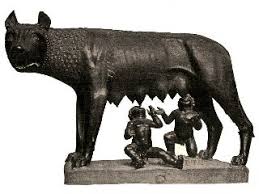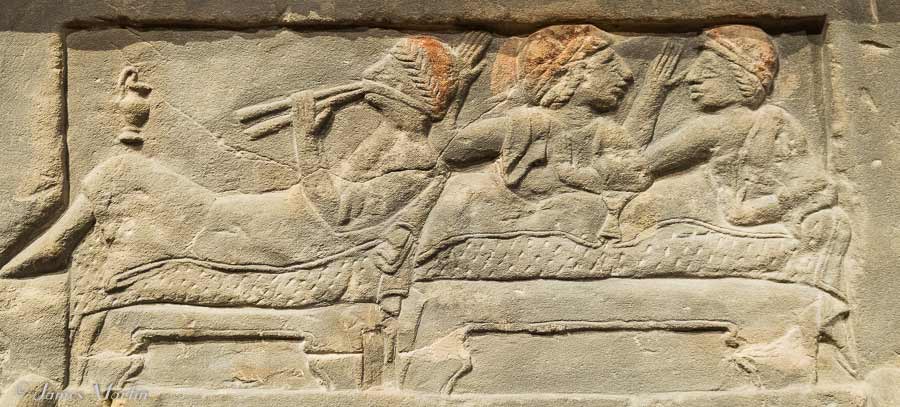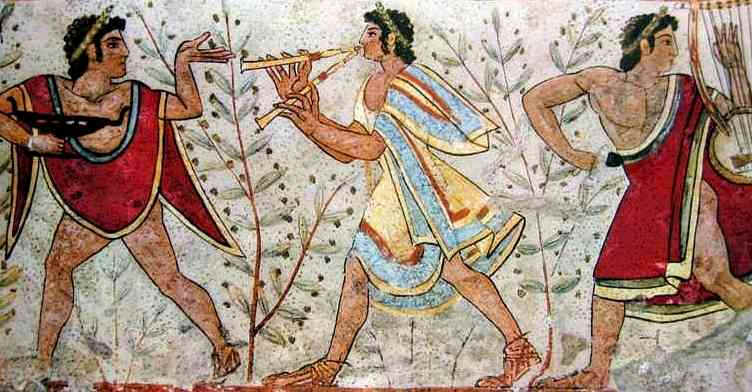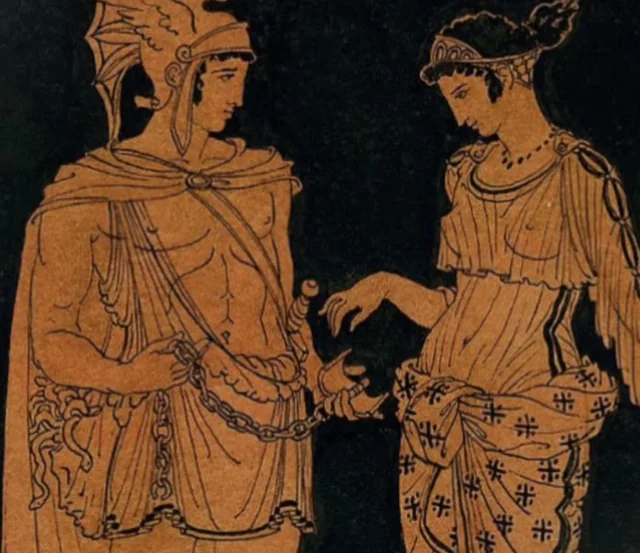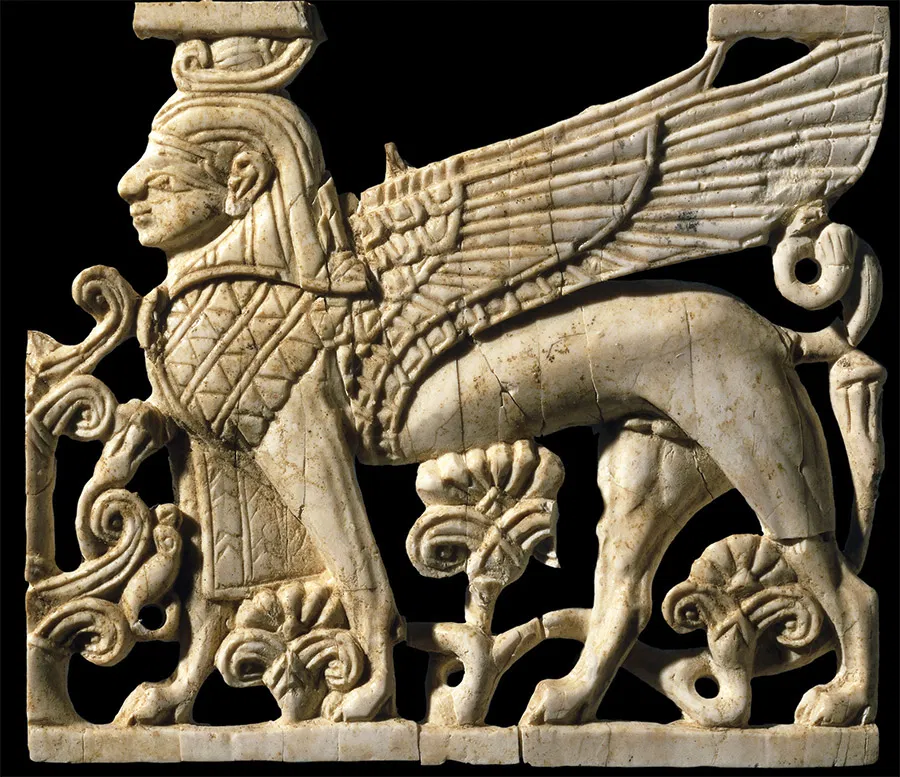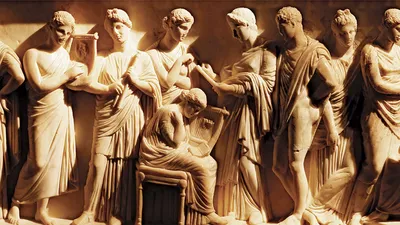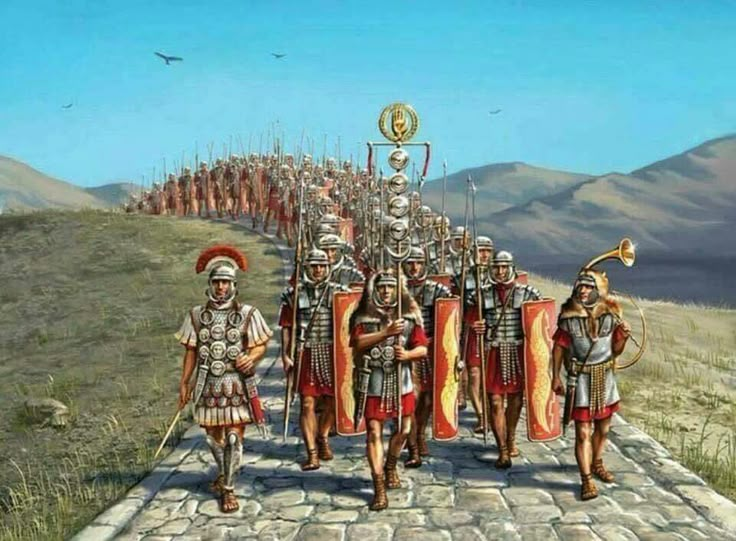The Etruscans
Ancient civilization
The Etruscans established 12 major cities in pre-Roman Italy (Etruria, also known as the current Tuscany region). Along with the Latins and Sabines, formed the tripartite division of early Italians. The Etruscan language, culture, and religion have survived through inscriptions and through the modern names of towns and divinities. An alphabetized form of the Etruscan language was used by the Romans for some important transactions. It was most likely the basis for the widespread use of the Latin alphabet throughout western Europe today.
Religion
Etruscan religion comprises a set of stories, beliefs, and religious practices. In the religion of Etruscans people, the gods were of several types: many were deceased heroes, who had been with the Etruscans during their sojourn in the eastern Mediterranean, brought back to Italy as "gods" and continue to play a part in their myths, like hero Veglia. Those who lived on Olympus were more powerful than those living locally; they traveled from Temple to temple or stopped at junctions between cities to receive gifts and celebrate festivals. These gods were adopted also by other nations under etruscan influence – Pelasgians and Greeks.
Art and culture
The Etruscan culture is thought to have had its center at Tarquinia and Vetulonia. These people were skilled metal workers, partly influenced by the Greeks who had for some time been trading with peoples in southern Italy. The Etruscans were well able to produce intricate and very beautiful items in bronze and silver, with basketry and weaving also being practiced.
Etruscan art was also influenced by that of Egypt, as well as Greece, but they developed their own style which differs markedly from that of other peoples of the time. Their most famous works are probably the Sarcophagi which are carved out of solid stone and decorated with scenes from everyday life or war. These were often very large in size.
Like the Egyptians, they painted murals on tomb walls, but these have not survived. Amongst the most interesting surviving artifacts are small bronze artifacts that depict gods or animals in a variety of poses and actions.
